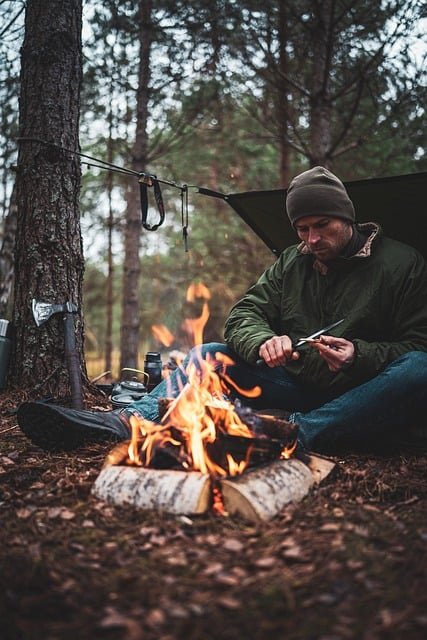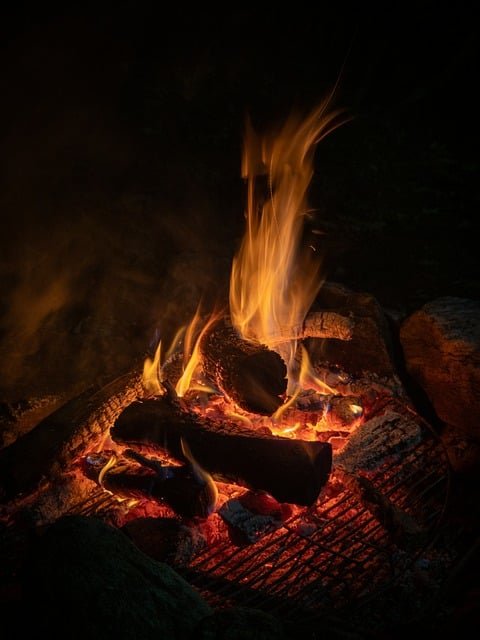
As a camper or RV owner, you are aware of the dangers of frozen water lines in the cold winter months. This can cause a lot of hassle and expense for you, and is also a potential safety hazard. While there are several strategies for preventing water lines from freezing, the key is preventive maintenance and early detection of any potential issues. In this article, we`ll go over some tips to help you avoid water line freeze-ups while camping.
Before going out camping, take the time to inspect all of your water tanks and lines. Look for any signs of wear and tear, leaks, or other damage. If you find any, either replace the parts or repair them as soon as possible. If left untreated, a small leak can quickly become a major issue.
There are a variety of winterize products specifically designed to help prevent water lines from freezing. These products contain chemicals and antifreeze that help keep your water lines from freezing, as well as lubricants that aid in the flow of your water. Most winterize products are available at your local hardware store. Follow the manufacturer`s instructions precisely for best results.
Another great method to keep your water lines from freezing is to insulate them. This is an easy and cost effective way to keep the water in the lines above freezing temperatures. You can buy special foam insulation from most hardware stores that is designed specifically for use with RV water lines. You can also buy insulated covers for your tanks to reduce heat loss. If you have water tanks in your RV, make sure to empty them before you leave on your trip.
It is also important to monitor the temperature inside of your RV or camper while camping. Make sure it stays above freezing to prevent your water lines from freezing. Pumping cold air into your RV or camper can cause pipes and tanks to freeze, as can using a heater that is too old or that is not adjusted properly. Monitor the interior temperature of your RV or camper regularly during your camping trip.
If your water line does freeze, don`t panic. There are some steps you can take to thaw the line. First, make sure that all of the water faucets inside the RV or camper are open. This will relieve the pressure on the pipes and make it easier to thaw the line. Then, turn on the heater inside the RV or camper to warm up the lines. You can also try using a heating pad, a hair dryer, or even a space heater to warm up the lines.
If your attempts to thaw the line don`t work, you`ll need to call a professional to help you. A professional will be able to determine the cause of the freezing and help you to correct the problem.
Doing regular maintenance and taking preventive measures can help ensure your water lines don`t freeze while you`re out camping. Be sure to inspect your water tanks and lines, use winterize products, and insulate your water tanks and lines. Don`t forget to monitor the interior temperature of your RV or camper, and take action if the temperature gets too low. If your water lines do freeze, don`t panic. You can thaw them out yourself or call a professional for help. With a little bit of prevention and maintenance, your water lines won`t freeze while you`re out camping.







Join our newsletter community for exclusive updates, offers, and more. Sign up now to stay in the loop!
© Outdoor-Expedition. All Rights Reserved. Design by HTML Codex